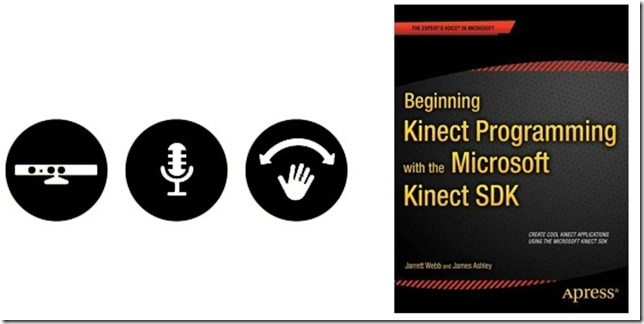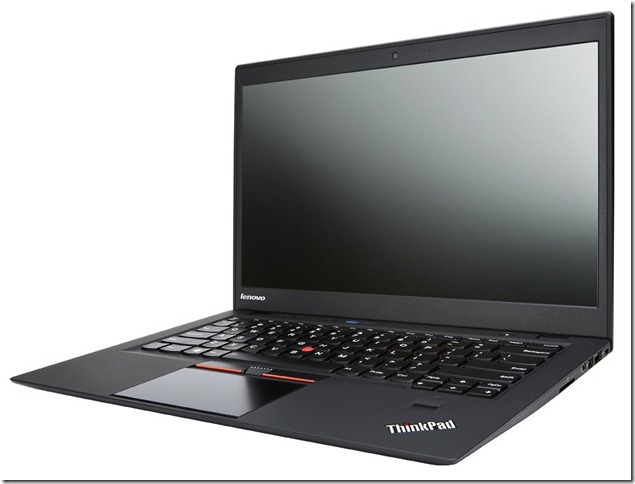In this edition of The Midweek Download, we’ve got stories on the release of Kinect for Windows 1.5, Microsoft Research, some gorgeous ultra-thin laptops from HP and Lenovo and more.
Kinect for Windows 1.5 released with face tracking SDK and more. Since the Kinect for Windows sensor and SDK arrived, the team has been adding more features and countries in which the product is available at a fair old clip. On Monday, they released version 1.5 of the Kinect for Windows runtime and SDK. Kinect for Windows hardware is now available in Hong Kong, Korea, Singapore, and Taiwan and beginning next month it will arrive in 15 additional countries: Austria, Belgium, Brazil, Denmark, Finland, India, the Netherlands, Norway, Portugal, Russia, Saudi Arabia, South Africa, Sweden, Switzerland and the United Arab Emirates. Head on over to Next at Microsoft for the full story. Also, check out this May 18 post on Next about a new book by Razorfish entitled, “Beginning Kinect Programming with the Microsoft Kinect SDK”. Below is a screen shot of the book:
Four from Building Windows 8. Lots of news from Building Windows 8 in the last several days. Don’t miss these three posts – Designing for PCs that boot faster than ever before, Enhancing Windows 8 for multiple monitors, Creating the Windows 8 user experience and Delivering reliable and trustworthy Metro style apps. And if that’s not enough for you, check out these two from the Windows 8 App Developer Blog – Creating a fast and fluid app launch experience and Being productive when your app is offscreen.
In the world cup of data, Microsoft Research just broke the speed record. The MinuteSort benchmark is considered the “World Cup” of data sorting and is concerned with measuring how much data can be sorted in sixty seconds. Using a new technique called Flat Datacenter Storage (FDS) a team from Microsoft Research (MSR) has just sorted almost three times the amount of data (using only one-sixth of the hardware resources) as the previous record holder, a team from Yahoo! In raw numbers, the team’s system sorted 1401 gigabytes in just 60 seconds – using 1033 disks across 250 machines. Head on over to Next at Microsoft for the full story.
Ultrathin laptop lovers, feast your eyes on these! Earlier this week, Lee Sabow on the Windows for Your Business Blog wrote this profile of the latest Ultrabook in his collection – the HP Folio. “The HP Folio has some great user experience aspects for both work and play,” Sabow wrote. Check it out. And don’t miss Leigha Anderson’s May 15 post on the Windows Experience Blog about Lenovo’s updating its line of laptops with the sleek new ThinkPad X1 Carbon, which weighs less than three pounds, and a few new ThinkPad Classics. That’s the ThinkPad X1 Carbon below:
ListBox, why art thou blanking? One of the biggest performance changes for developers using Silverlight in Mango (WP 7.5) is off-thread input for ListBox. In a nutshell this basically means that all any flick or pan a user makes on a ListBox is handled by a dedicated thread, the Direct Manipulation (DM) thread, instead of the UI thread. By connecting the DM thread to the Compositor thread (that’s the one that does all the drawing to the screen independent of the UI thread) we have a ListBox that moves smoothly even when the UI thread is completely blocked. Check out this May 16 post on the Windows Phone Developer Blog for the rest of the story.
Bing Search API now available in Windows Azure Marketplace. Following our blog post last month, the Bing Search API is now available on the Windows Azure Marketplace. Starting now, you can sign up in the Marketplace to access web, image, news, and video search results, as well as related searches and spelling suggestions using JSON or XML. Read this May 17 post on the Bing Developer Blog for more details.
The latest from MSR. Making efficient use of resources and tools is a hallmark of many computer-research projects, and that target is exemplified in a pair of videos that illuminate work coming from Microsoft Research India. The videos, recently made publicly accessible, represent two distinct research projects, one from the Mobility, Networks, and Systems team at the India lab, the other from the Technology for Emerging Markets group. The former examines a method to make devices more energy-efficient by using cloud resources, while the latter offers a novel way to educate students in poor communities. Head on over to Inside Microsoft Research to see the videos.
Posted by Jeff Meisner
Editor, The Official Microsoft Blog



